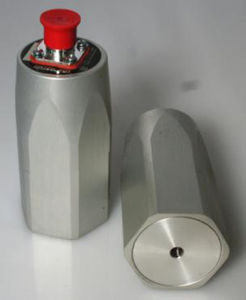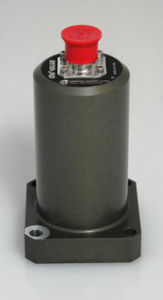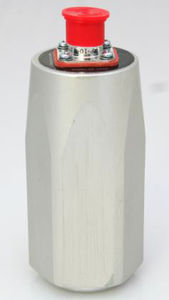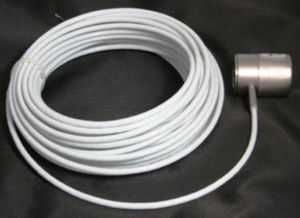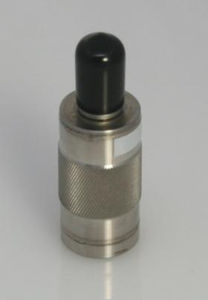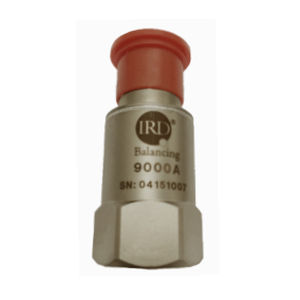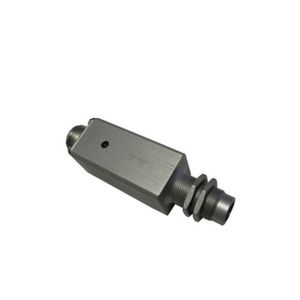
Mechanical vibration sensor 580 industrial
Add to favorites
Compare this product
Characteristics
- Technology
- mechanical
- Applications
- industrial
- Frequency
Min.: 2 Hz
Max.: 2,000 Hz
Description
The Model 580 is a solid-state, seismic velocity sensor for permanent installation on industrial machinery. It has no moving parts. The waterproof case provides an exceptionally long, trouble-free service life under adverse conditions, such as in mills, refineries, power plants, and mines.
The broad frequency range – 120 to 120,000 CPM – makes this sensor suitable for nearly any machine.
The cast stainless steel housing is designed to withstand mechanical abuse and is resistant to most chemicals. Electrical connections to the Nsensor are located within the housing and protected from the environment.
A threaded boss is provided on the case for cable installation through conduit or a sealing gland.
The case is electrically insulated from the internal components, so the Model 580 sensor can be used on insulated-bearing machines or where good electrical grounding is not practical. The Model 580 sensor can be used in hazardous areas (see specifications).
GENERAL SPECIFICATIONS
Frequency
Range
2 to 2,000 Hz within ±10% @ 70° F
(21° C)
Sensitivity 1080 mV/in/s (42.52 mV/mm/s)
Magnetic
Field
Sensitivity
.00015 in/s equivalent @ 60Hz
(.0038 mm/s equivalent)
Useable
Amplitude
0-6 in/s (0-152 mm/s)
Shock 500g peak maximum
Output
Impedance
10 Ω
Mounting Three (3) holes for ¼ in. (6 mm) diameter
bolts, 120 degrees apart on 3 ½ in. (89
mm) diameter circle. Footprint is 4 ¼ in.
(108mm) diameter circle.
Construction Type 316 stainless steel case; Neoprene
cover gasket, stainless steel hardware
Catalogs
No catalogs are available for this product.
See all of IRD Balancing‘s catalogsRelated Searches
- Acceleration sensor
- Piezoelectric acceleration sensor
- Single-axis accelerometer
- Triaxial accelerometer
- Compact acceleration sensor
- IEPE acceleration sensor
- Industrial acceleration sensor
- Vibration analyzer
- Vibration sensor
- Vibrating acceleration sensor
- Rugged accelerometer
- Portable vibration analyzer
- Hermetic accelerometer
- General purpose acceleration sensor
- FFT vibration analyzer
- Constant-current acceleration sensor
- Industrial vibration sensor
- Accelerometer vibration analyzer
- Balancing vibration analyzer
- Small accelerometer
*Prices are pre-tax. They exclude delivery charges and customs duties and do not include additional charges for installation or activation options. Prices are indicative only and may vary by country, with changes to the cost of raw materials and exchange rates.


